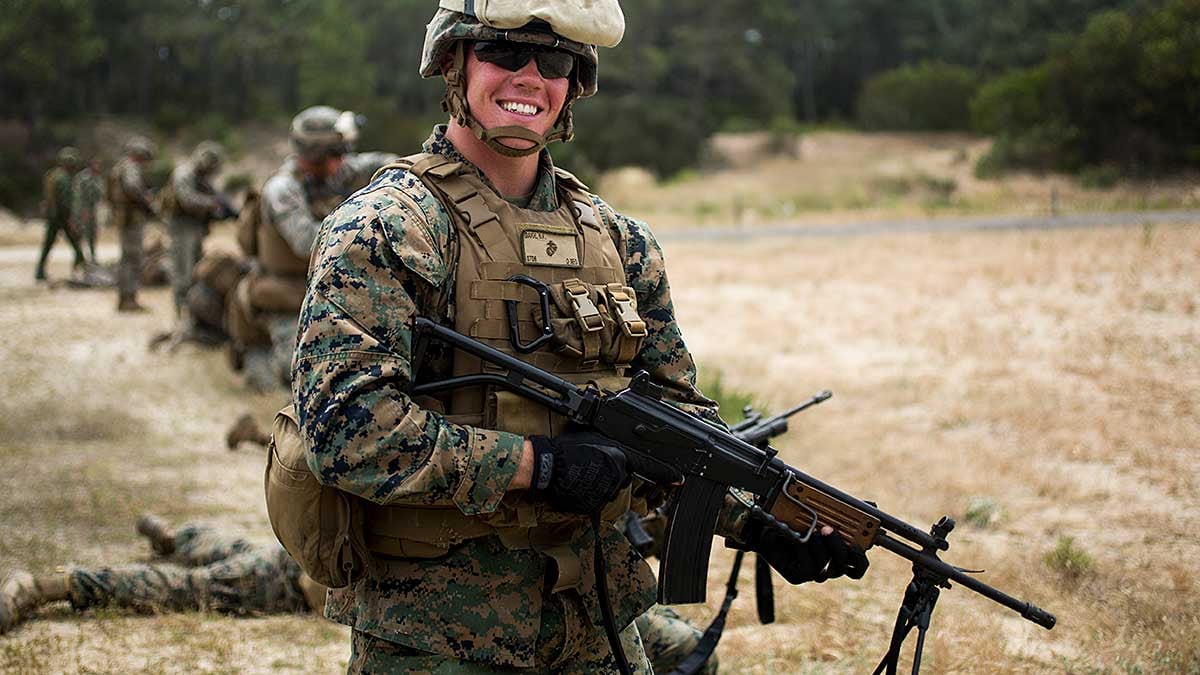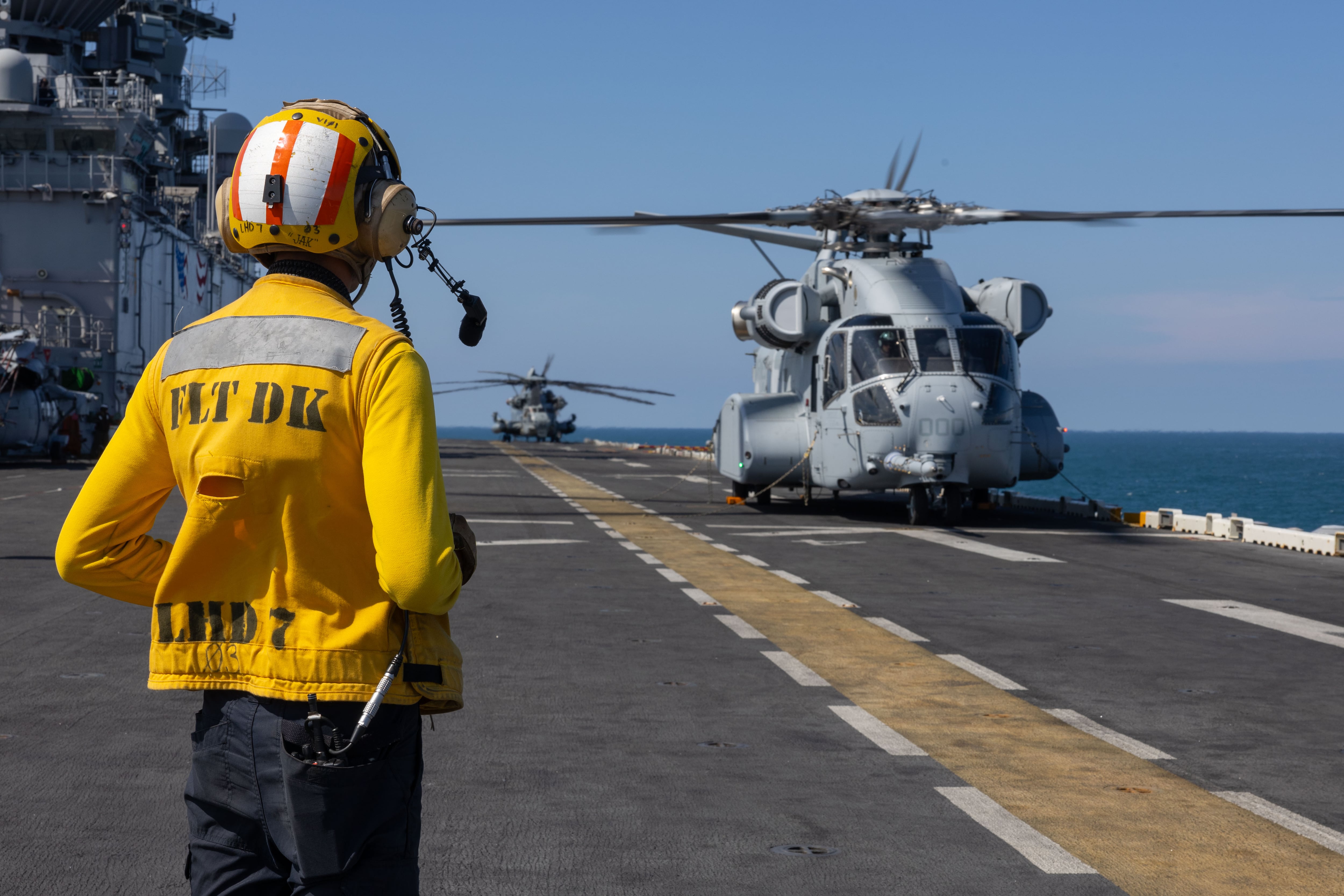Facing threats from all sides, the state of Israel has had to defend itself from its very inception and had to establish its own weapon industry to offset the uncertainties of relying on foreign suppliers.
It was under such hostile circumstances that Israel Military Industries, later renamed Israel Weapon Industries, produced two iconic firearms, the Uzi submachine gun and the Galil family of rifles. While the Uzi is renowned for the compactness of its firepower, the Galil is widely touted as the most reliable long arm in the world, built for an army that cannot afford failures in the field.
In spite of its stunning tactical successes in the June 1967 Six-Day War, the Israel Defense Forces saw room for improvement, starting with its infantry mainstay, the Fabrique Nationale fusil automatique léger, the Belgian-produced long arm of the North Atlantic Treaty Organization. Good though the FN FAL was, it required care to prevent jamming due to the sand and dust endemic throughout the Middle East.
Read More: The inside story of the Red Army’s version of the SAW
Read More: How the Mosin-Nagant became the most feared rifle in the world
IMI set to work on an indigenous design with the help of Yisrael Balashnikov (no relation to Mikhail Kalashnikov) and Yaacov Lior. In fact, the IMI engineers were impressed with the reliability of Kalashnikov’s AK-47 assault rifle, of which the Israelis had captured great numbers during the brief war, but for the heart of their new design they turned to the improved receiver that the Finns incorporated in their improved AK-47 copy, the Valmet Rk 62 (in fact, the first production batch of IMI rifles used imported RK 62 receivers before getting the home-produced item).
Although designed to function similarly to the AK-47 with a gas-driven piston system and a rotary bolt with two locking lugs, the Israeli design differed most fundamentally in its build. Although the prototype had a stamped and riveted steel sheet receiver, the engineers abandoned it in favor of heavy milled forging for that and most other components, with most of the exterior metal surfaces phosphated to resist corrosion and given a black enamel coating.
Exceptions included the high impact plastic hand grip and front hand guard, while aluminum was used for the tubular skeleton stock, based on the FN FAL’s, which folded neatly to the right side of the receiver.
Tested against a variety of foreign designs in 1972, IMI’s weapon proved itself superior in virtually all respects and is still regarded as arguably the most reliable rifle of its type. By then, Balashnikov had changed his surname to something less Russian and more Hebrew, Yisrael Galili, and consequently his brainchild was dubbed the Galil rifle.

In 1973 Galili was awarded the Israel Defense Prize for his creation.
Production began with three versions: the standard automatic rifle machine gun (ARM), an automatic rifle (AR) for support troops and military police, and a short automatic rifle (SAR) for vehicle crews, staff and specialty troops. The ARM was distinguished by its carrying handle and a bipod that could be rotated against an adjacent extension to serve as a wire cutter. In response to a tendency on the part of IDF personnel to open bottles on the front lip of ammunition magazines, eventually bending them out of shape, the Galil also incorporated an extension under the front handguard that served as a bottle opener.
Another thoughtful touch was the charging handle, protruding vertically from the upper receiver area so as to be accessible to right or left handed shooters alike.
The Galil’s L-shaped rear sight could be flipped to apply to either close combat at 0 to 300 meters or to a longer-range setting of 300 to 500 meters. The front post was hooded and could be adjusted for windage and elevation zero. For night fighting the rear sight and the foresight had tritium capsules calibrated for 100 meters.
Originally built to use the 5.56x45mm NATO round, the Galil was also built for 7.62x51mm bullets, both of which were housed in 35 or 50 round curved magazines. Besides 7.62mm ARMs and SARs, Galil developed a specialized, strictly single-shot 7.62mm sniper rifle with telescopic sights and a 25-round magazine. Although heavier than many contemporaries — from 8.7 pounds for the 5.56mm SAR to 14 pounds for the 7.62mm sniper rifle — the Israeli soldiers accepted that burden for its solid stability, outstanding accuracy and its dependability under all manner of troublesome environments.
But perfect weapons don’t come cheap nor swiftly off the assembly line, and that proved to be the Achilles heel that kept the Galil from becoming the mainstay of the army for which it was conceived.
Production had just begun when the 1973 Holy Day War occurred, disrupting the issuance of Galils. The ARM was declared the standard service rifle of the IDF afterward, but in 1975 the United States’ Military Aid Program began exporting the first of 60,000 M16A1 assault rifles to the Israelis — free of charge.
With the worst of the original M16’s Vietnam War faults remedied, the M16A1 offered an effective and lighter weapon whose sheer numbers and availability condemned the Galil ARM to the sidelines until 2000, when the development of the IWI Tavor 5.56x45 bullpup assault rifle became the standard-issue rifle for the IDF.
In retrospect, one might call the Galil’s truncated career the consequence of begin too good for its own good. On a further ironic note, however, while it never achieved its original goal as the mainstay longarm of the IDF, the Galil and the many variants derived from it found their way into 25 other armies and numerous police forces throughout the world. A good many are still in use and still popular with its users.





